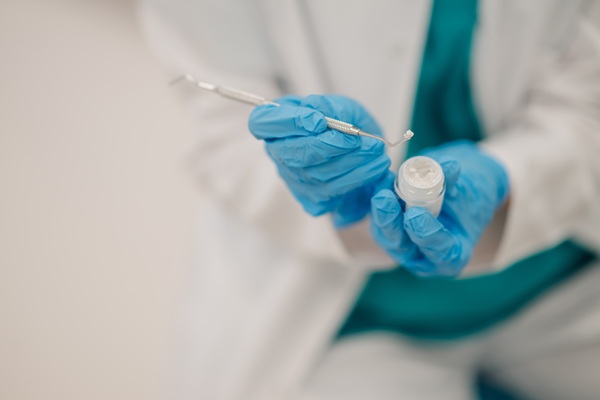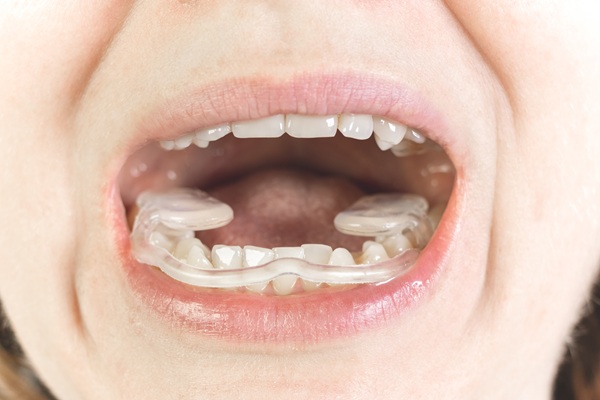How a Family Dentist Treats Tooth Decay

Many patients are not aware of the implications of tooth decay, nor how a family dentist would treat the condition. According to the National Health Institute, over 91 percent of people in the USA have experienced at least one cavity in their lifetime.
How tooth decay happens
Tooth decay is often used interchangeably with cavities and dental caries. Cavities are called tooth decay because they are the parts of the tooth that decay. The tooth is mostly made of minerals such as calcium and phosphate, making it the hardest part of the body. This does not make it indestructible, as poor oral hygiene routine can render the tooth weak and vulnerable to decay.
When you eat, the sugary remnants from foods in the teeth bind with the bacteria present in the mouth to produce acidic plaques which stick to the teeth. If you fail to brush off the plaque, the acid will gradually dissolve the tooth enamel, eventually causing erosion and decay.
When you visit the family dentist for your dental appointment, they will examine your teeth and gums for potential signs of decay. Since tooth decay usually reaches an advanced stage before showing any symptoms, regular dental visits will ensure prompt detection and treatment. It will also help to prevent gum diseases.
Treating tooth decay
Once a portion of the tooth decays, it cannot be reversed. The dentist must remove the decay and repair the tooth. The method of restoring the tooth depends on the severity of the tooth decay. Below is an overview of how a family dentist treats tooth decay, depending on the stage of the condition.
Early treatment options
If the tooth decay is still in its initial stages, the family dentist can repair the tooth with non-invasive techniques. If a little patch of decay is detected and has only affected the surface of the enamel, the dental expert may suggest brushing the teeth with a special toothpaste to halt the progression of the dental decay. This level of decay does not usually require a filling.
Middle-stage treatment
If the tooth decay is not treated while it is still on the enamel surface, it will begin to spread or dig deeper into the inner layer of the tooth. Once the decay reaches the dentin, which is the core center containing pulps and nerves, a dental filling would be required to treat the decay. The dentist will drill out the decayed part carefully and fill the space with silver or tooth-colored composite resin material. After placing the filling material, the patient will once again have the use of their teeth.
Advanced decay treatment
A tooth decay that has been neglected for several months or years could cause a situation known as a tooth abscess. If the decayed tooth is abscessed, the patient could be at the risk of a life-threatening infection. To treat this level of decay, the dentist must perform a root canal or tooth extraction. The root canal treatment is done to clean out the decayed part of the tooth, down to the root.
The bottom line
If you notice any changes on your teeth, book an appointment with your family dentist right away.
Request an appointment here: https://oakstreetfamilydental.com or call Oak Street Family Dental at (925) 301-4289 for an appointment in our Brentwood office.
Check out what others are saying about our services on Yelp: Read our Yelp reviews.
Recent Posts
Dental restorations can help you maintain your oral health and prevent further decay. A dental filling is one of the most common restorative procedures used to treat mild to moderate cavities and other dental damage. This type of restoration restores the function and appearance of a damaged or decayed tooth. Let us walk you through…
Jaw pain, headaches, and difficulty chewing can severely impact daily life. Fortunately, a TMJ dentist offers specialized care to diagnose and treat disorders of the temporomandibular joint (TMJ), providing relief and restoring comfort. These dental professionals specialize in identifying the underlying causes of TMJ disorders and developing treatment plans tailored to your specific needs.The temporomandibular…
TMJ treatment is an important service general dentists offer for patients experiencing pain or discomfort in their temporomandibular joint (TMJ), which connects the jawbone to the skull. TMJ disorders can cause a variety of symptoms, including jaw pain, headaches, and difficulty with chewing or speaking. Since the symptoms can affect daily activities, it is crucial…
When it comes to general dentistry, there are a lot of different materials used. Metal, in particular, has been used for a long time, which makes it a reliable material when it comes to certain procedures. Of course, there are many other materials that can be used and that are frequently selected, but metal is…


